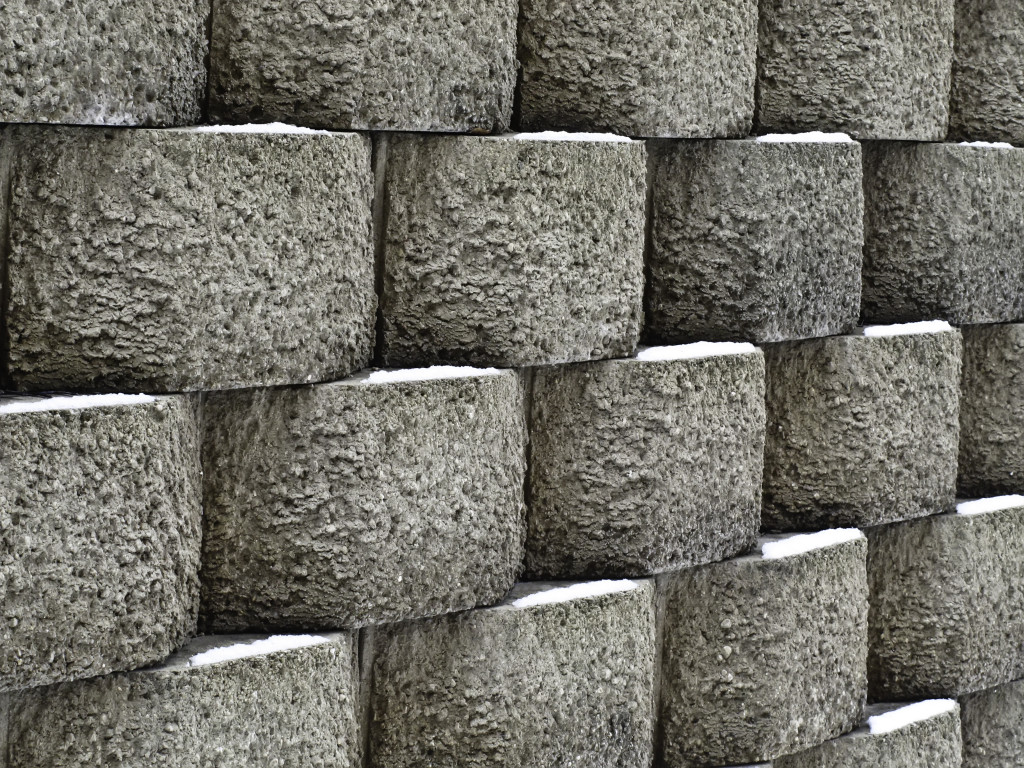With climate change and extreme weather becoming more frequent, protecting your home from flooding is important. The good news is that you can use many landscaping ideas to prevent flooding in your yard. Read on for tips and tricks to protect your property from water damage.
Raise Grade Levels
One of the simplest ways to reduce the risk of flooding is by raising the grade level of your lawn or garden. This means creating a gentle slope away from your house so that rainwater runs away from your home instead of pooling around it. You can do this by grading the soil so that it slopes away from your home at a rate of at least ¼ inch per foot over a distance of 10 feet. This will ensure that any excess water will have somewhere to go and not puddle around the foundation of your house or building.
Build Retaining Walls
Retaining walls are an ideal way to control erosion and direct water runoff away from your house. Retaining walls can be made of concrete, wood, stone or even landscaping blocks depending on the look you desire for your property. These structures will help keep soil in place and prevent water from washing away valuable topsoil or pooling around your foundation. You can build at least a 5-foot high retaining wall in optimal conditions. However, it is important to note that soil with a higher clay content will put much more pressure on the new structure, so it’s best to use sandy soil that drains easily.
Install Drainage Solutions
Another way to prevent flooding in your yard is by installing drainage solutions such as French drains, catch basins, swales, and other systems designed to divert water away from structures. French drains are buried trenches filled with gravel that allow runoff water to collect and then slowly drain out into an existing storm sewer system or away from structures on the property. Catch basins are also useful for collecting and diverting large amounts of runoff water. At the same time, swales can help slow water flow across the landscape, giving it more time to soak into the ground before reaching buildings or other structures. Other systems include:
Dry wells: These are underground structures that allow water to collect and then slowly seep into the ground.
Culverts: These are pipes installed under driveways or walkways that direct water away from buildings and into a ditch or stream.
Sump pumps: These can be installed in basements or crawl spaces to remove any excess water.

Add Water-Absorbing Plants
A great way to naturally absorb excess water is to plant trees and shrubs with deep roots capable of soaking up a lot of moisture. Planting grasses and other groundcover plants can also be an effective way to prevent flooding in your yard. These plants will help to soak up any excess water and prevent it from pooling around your house. The best plants for the job are:
Trees: Trees’ roots can help absorb a lot of excess water and prevent it from pooling around your house.
Shrubs: Plant shrubs with deep root systems near your home’s foundation to help soak up any water that tries to collect there.
Grasses: Plant grasses such as fescue, rye, and bluegrass to help absorb moisture.
Groundcovers: Groundcover plants such as creeping juniper and sweet woodruff can help to fill any gaps in the soil and prevent runoff water from pooling around your house.
Put Down Mulch or Rocks
If you want to prevent water from pooling in low-lying areas of your yard or garden, consider covering the area with mulch or rocks. These materials will help soak up any excess moisture, so it’s not just sitting around your foundation. Mulch acts as a natural sponge and will help keep water away from the foundation of your house. Rocks such as pea gravel, crushed stone, and river rock can also divert water away from structures. If you are looking for a more aesthetically pleasing option, consider installing stone paths or walkways to help divert water away from buildings and into drains or catch basins.
Install Rain Gardens
Rain gardens are a great way to prevent flooding while beautifying your landscape. A rain garden is an area filled with native plants and vegetation that can absorb large amounts of rainfall quickly and efficiently, preventing runoff water from entering nearby waterways or pooling around buildings on your property. Rain gardens can also help filter pollutants out of runoff water before they reach bodies of water downstream, making them an excellent choice for homeowners looking for sustainable landscaping options.
Flooding is a serious problem, but there are plenty of options available to help you protect your home from water damage. With a few simple landscaping ideas and the right materials, you can ensure your property is protected from flooding for years to come.

